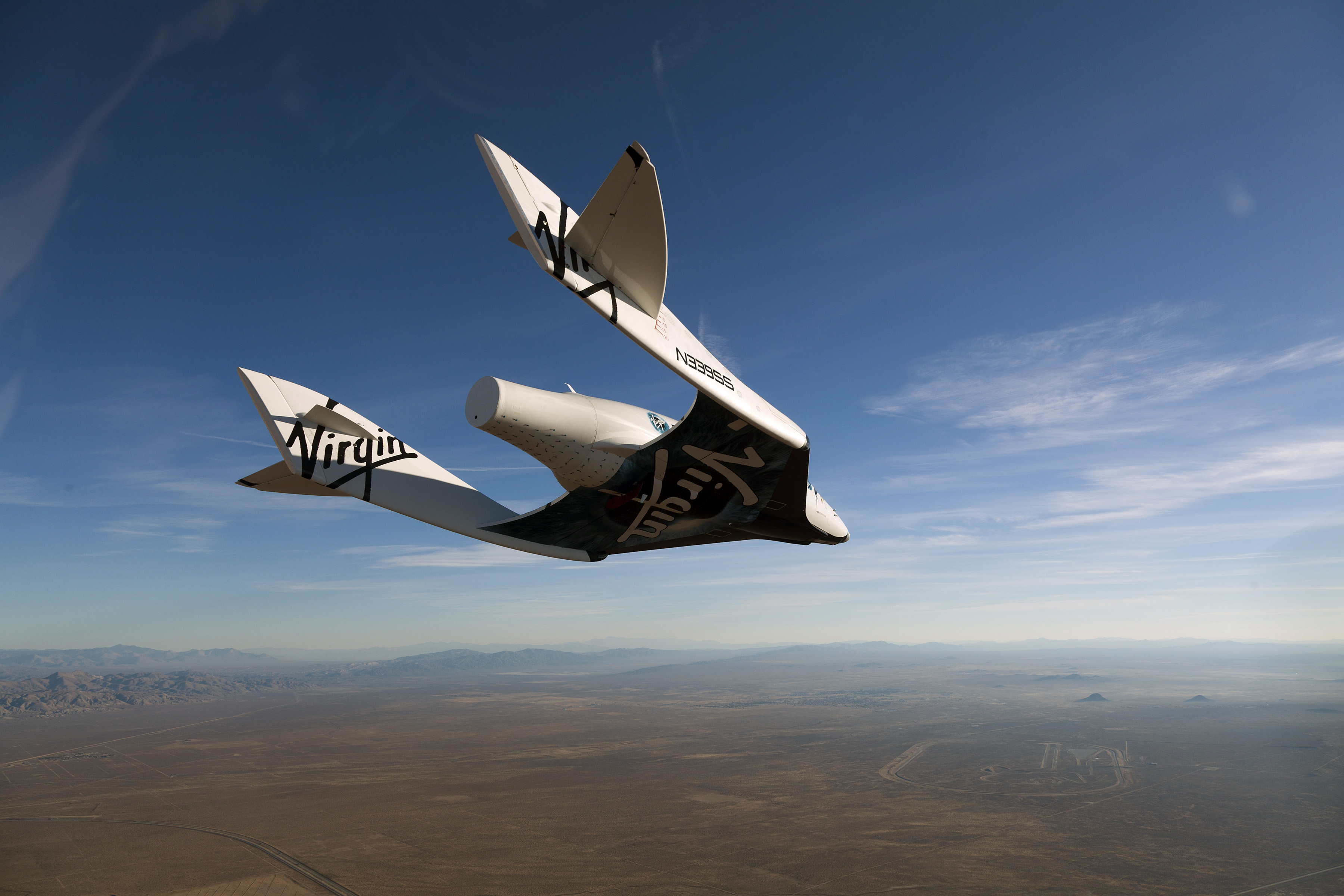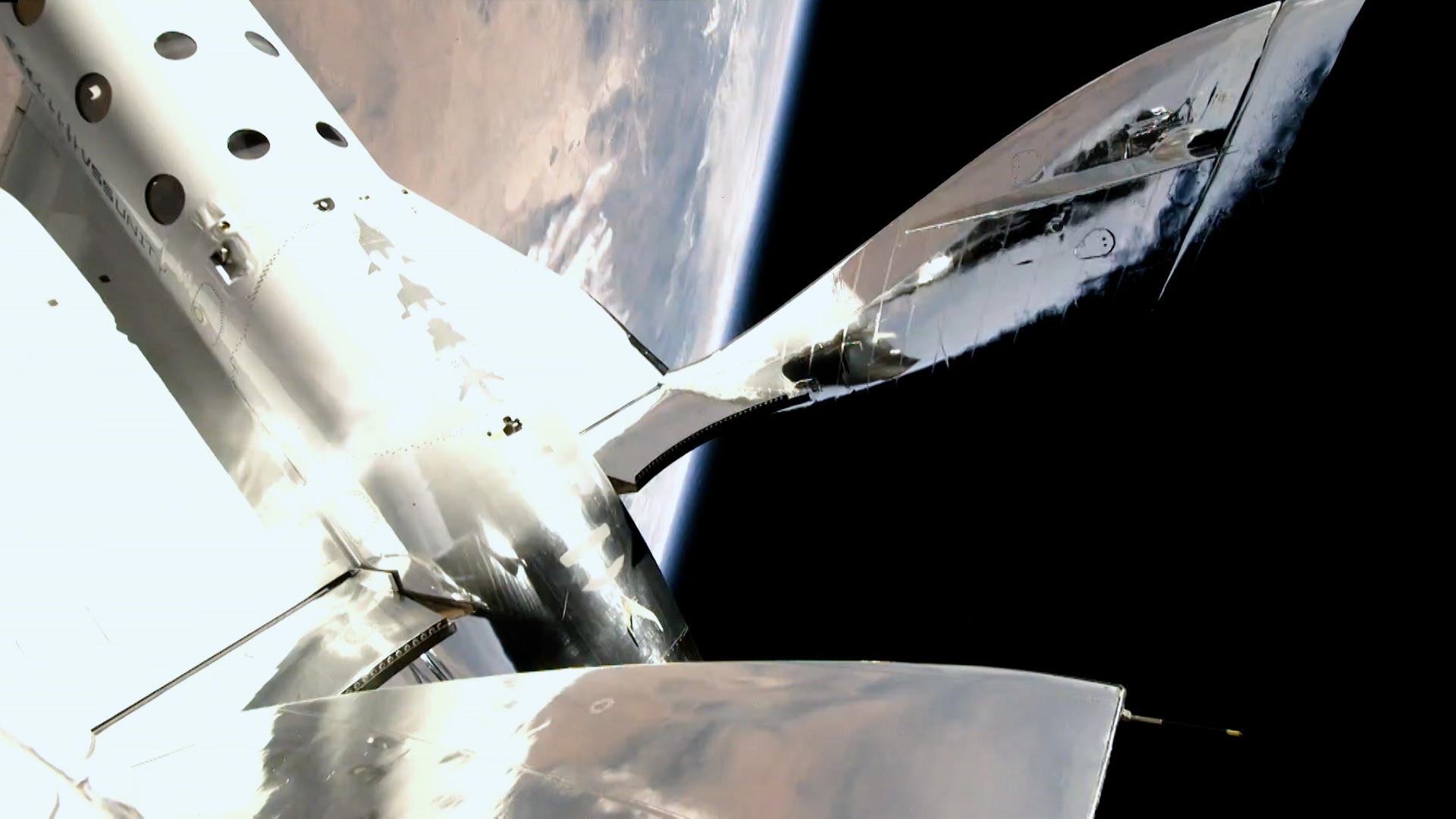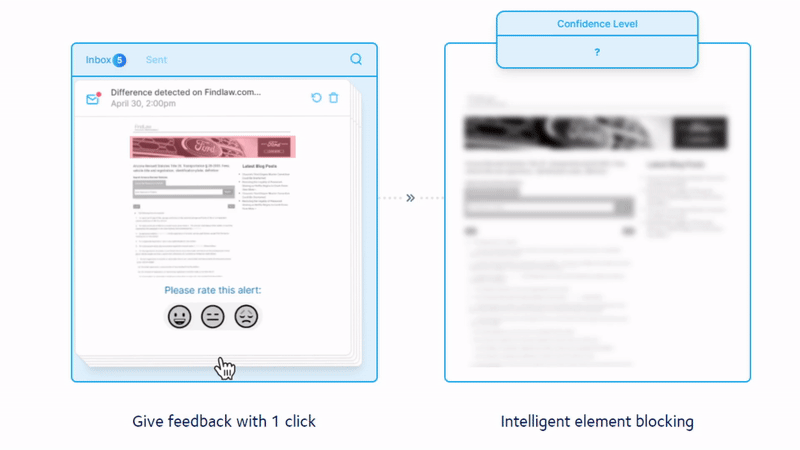News: Virgin Galactic president Mike Moses on what’s next for the company’s growing fleet
This last weekend featured the much-ballyhooed launch of Virgin Galactic’s first (nonpaying) passengers, with founder and CEO Richard Branson along for the ride. After the festivities, I had the chance to talk with the company’s president, Mike Moses, who seems to be familiar with every detail of the operation and the company’s plans for going
This last weekend featured the much-ballyhooed launch of Virgin Galactic’s first (nonpaying) passengers, with founder and CEO Richard Branson along for the ride. After the festivities, I had the chance to talk with the company’s president, Mike Moses, who seems to be familiar with every detail of the operation and the company’s plans for going from test to commercial flights.
Unfortunately my recorder went on the fritz, but Moses was kind enough to hop on the phone later in the week to talk (again) about the next generation of spaceplanes, where the company needs to invest, and more. You can read through our conversation below. (Interview has been lightly edited for clarity.)
TC: To begin with, can you tell me what’s left to test, and when do you expect to finish the test flight phase?
Moses: The test flight series that we’re kind of in right now, and the flight with Richard was the first of those, represents a shift from what was more classic and traditional, envelope testing, where we’re looking at aerodynamics and trajectories and handling qualities, to more of an operational check-out, where we are validating cabin experience experiences, training procedures, hardware for the folks in the back and what they’re going to go through.
So we’ve laid out a series of a few flights there, three to be specific, that both demonstrate key product milestones and features, as well as allow us time to iterate and develop and optimize some of that back-of-cabin experience. But as always, that’s a notional schedule, right? The schedule and the numbers are going to depend on the results. So if things go well, we think that’s a three-flight series if we find things that we need to adjust, we’ll add more as needed based on what we’re learning.
Based on the results that we got after Richard and crew came back from the last flight, you know, we know we have some stuff to work on but but everything was pretty much thumbs up.
Now, we know we’re going to do those flights over the course of this summer and late summer, and then we’ll be ready to move into, as we announced during our previous earnings call, a ‘modification phase’ where we’re going to do some upgrades on our mothership and our spaceship to prepare them for commercial service. The main focus there is to look at things that allow us to increase the flight-rate frequency. Right now in test, we fly at a fairly slow pace [i.e. infrequently, not at low speed], because we’re inspecting everything prudently. We’re going to want to start to move away from that, and as we learn, and so we already know, there’s some modifications we want to make to enable that to start to happen. We haven’t set a specific timescale for when that officially ends.
TC: You mentioned when we talked at the Spaceport, the crew hadn’t yet really been debriefed about the experience. I’m hoping maybe you have a little more information now about recommendations from Sir Richard, from Siriha, from everybody that was actually up there. Have you gotten any substantive feedback that you can share?
Moses: So we are definitely in the middle of all that feedback and debriefing. As you might imagine, there’s a lot of data to go through. And in some cases, that data is as simple as the 16 video cameras that we had onboard, and getting them all synced up to see that what’s happening where, and couple that with live notes, and debriefs, and the audio tracks that went with it. We are definitely gathering up the inputs, but there’s nothing on that list that I think I’m ready to disclose at this time. We’ll keep folks posted as we go.
The general feedback, post-landing both that day and the next day, was ‘things were awesome,’ right? Now that’s not a scientific answer, and I want the scientific answer, so we’re gonna make them go through the work to debrief.
TC: You touched on this with the ‘modification phase’… Unity is, I don’t know how exactly you’d describe it, a production prototype. Could you tell me whether there’s any special upkeep for it as the sort of first off the line?
Moses: There’s nothing special as part of its design or build that requires special upkeep. But as a test vehicle and as our first article, we give it a lot of extra attention. We dive in pretty deep on inspections, both regularly and as we see issues, we would probably, test those and explore just to make sure we truly understand that there’s no unknowns out there, things like how the system performs how it does in cold temperatures, under load and under stress. We keep an eye on it.
There’s a series of measurements that we make to say, you know, where did the vehicle perform based on its design envelope. And if we’re close to the edges of any of that envelope, we go do extra inspections to validate that our modeling and our predictions are right. So in that regard, it’s pretty similar to how you would have a first set of articles coming out for a new aircraft development, you would build a maintenance and inspection program. That is, an extremely conservative one. And then as you use it, you start to pull out that conservatism based on your positive feedback.
But in general, yes, Unity does get a lot of extra attention. And the next vehicles will have some of that designed in part of that. We’ve already learned a bunch of, like, ‘hey, on the next vehicle, make this different so I don’t have to look at it every time, I can look at it every five times.’
TC: I think that when we when we talked before, you mentioned that you expect multiple-hundred flights, at least theoretically, out of Unity.
Moses: Yeah, multiple-hundred flights of the vehicle. We set a design envelope where we designed for a certain lifetime, and we we tested to that, and then we can always go do life extension. Some of that is just a limitation of… you know, we’re going to cycle the stuff 10,000 times rather than 40,000 times, and we’ll come back later and get the other cycles when we get closer to the 10,000 life. We’ll go back and add more to it. There’s not a lot of components that have, you know, like a ‘fall off the cliff’ type of lifetime.
TC: You mentioned some of the modifications you are going to build into the successor or production craft. Can you tell me any of those, how it will differ in minor or major ways, when you expect weight on wheels and that kind of thing?
Moses: So we’ve already done weight on wheels. And we had our rollout, which is effectively that weight on wheels, where we transition from, basically major factory assembly into ground tests. So all of the systems are installed, and now they’re gonna start to run integrated ground testing, where you can basically go run a computer system through its checkouts, you can run the flight control system through checkouts… you’re still on the ground, right, you’re not yet ready to fly. But we are in that integrated testing.
As far as changes… when we designed the structure, if you think about it as the skeleton, under the skin, with Imagine and Inspire, we optimized and moved those skeletons, the ribs in the spars, to the locations where the load was highest. Unity was built off of the original design intent of Scaled Composites, and flight tests, they’ve shown us that sometimes that load is not exactly where it is expected. There’s a lot of extra weight in Unity to account for that load; Imagine and Inspire, we’re able to optimize and put the structure right where it needed to be.
There’s a joint, for example, on Unity that I have to go look at every time, because I had to add extra to it. Whereas on Imagine, it was designed to where it should be in the first place. I’ll still look at it, but it’s much easier access and a much shorter inspection.
So things like that, that let me optimize my inspection schedule. And other just simplistic things — there are now access panels where we know we need them, whereas we had to kind of add them after the fact in Unity. Your quick release fasteners and things like that, that make inspections shorter, we were able to add into the design, we made a pretty significant number of changes like that, all fairly minor, but they have a large effect on the maintainability of the vehicle.
And the next phase, right, we talked about this, the Delta class of spaceships, we’re going to make changes for manufacturability. Unity and Inspire and Imagine are still fairly one-off hand-built aircraft — spacecraft, sorry. And if we want to go build a dozen or more to get to these 400-flight-a-year rates, we need to make sure they’re manufacturable at a smaller price tag in a smaller time scale. So that next design will incorporate a bunch of that stuff.
TC: That’s actually one of the things I wanted to talk about is how you get to the reliability and cadence that you want to have for commercial operation? Obviously, more aircraft is one part of that, but you know, maybe expanding ground ops or crew, better maintenance and stuff like that.
Moses: Yeah, you bet. And I think that’s it, right: It’s a fleet, so we have multiple vehicles for dispatch. That gives you capacity to be able to handle anything that comes up unexpected, like weather. And then it’s the workforce — with more workforce, a 24/7 clock, then you can have multiple expertises, or a crew focused on just one vehicle. And the second crew, they’re focused on the second one.
I think our mantra here is going to be to take it in baby steps — we’re not going to try to go to those high flight rates initially, we want to get a little faster, then a little faster, then a little faster. That’s kind of Unity’s purpose in life in 2022, to allow us to go explore those operational cadences and see where we can apply multiplying factors for when we get additional spaceships.
You know, the business model is a great one, right? But in these next couple of years, it’s fairly insensitive to whether I’m doing eight flights or 10 flights or 12 flights with Unity. I mean, in terms of revenue, it doesn’t move the needle very much. But in terms of operational learning, that’s a significant step for us, so we want to be prudent with how we proceed down that path.

MOJAVE, UNITED STATES – OCTOBER 10: (EDITORIAL USE ONLY, NO SUBJECT SPECIFIC TV BROADCAST DOCUMENTARIES OR BOOK USE) Virgin Galactic vehicle SpaceShipTwo completes its successful first glide flight at Mojave on October 10, 2010 over Mojave in California. (Photo by Mark Greenberg/Virgin Galactic/Getty Images)
TC: Can you can you tell me again why, or whether, you plan on keeping the flight plans more or less the same? Maybe there’s possibility, later down the line with the revised version with six people in it, that you might have to have a slightly different profile?
Moses: That’s kind of coupled with what we talked about at the beginning of this Q&A, the move from a test phase into this operational readiness phase. Coupled with that is a profile that is now set — the trajectory that the pilots fly, the techniques they use, we’ll still optimize, but we’re not making major revisions. Those are all pretty much physics-based results. The airspeed we’re at, the angles that we’re at, and the subsequent altitude we get to, the weight we carry, are all kind of locked-in variables, and there’s not much you can do to change that equation.
There’ll be some definite trajectory changes that come along with Imagine because it will have more capacity on board, which means it’ll have a slightly different performance, and we just need to go verify that envelope. But for the most part, you know, the physics of the equation kind of set what you can do, roughly speaking, so that’s why we’re limited to only carrying four passengers here initially. We can change that, and we do plan on looking at weight reductions in the ship, but again, with an eye towards the fleet that we’re building, and make sure we get a fleet that is serviceable for the long haul.
TC: That’s all I’ve got here. Thanks again for taking the time to chat.
You can watch a recap of the recent Virgin Galactic launch here.





